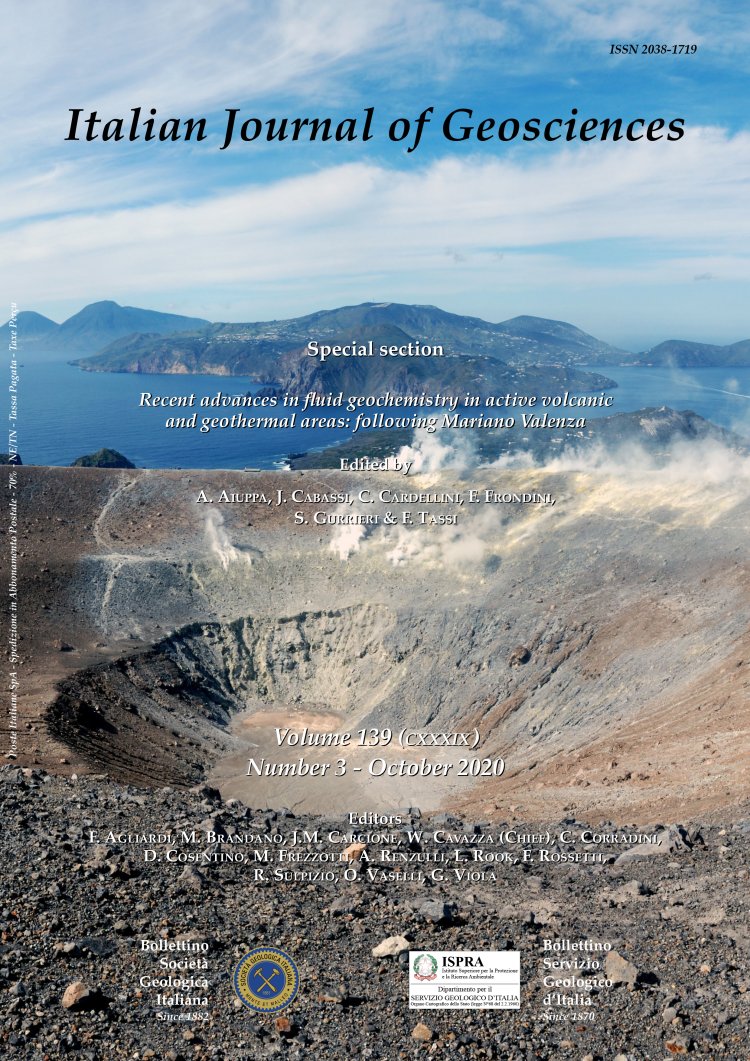Abstract
Urban lakes have become increasingly important in the planning of urban ecology, green infrastructure and green areas in European cities. This paper describes the chemical, isotope and microbial features of Lake Bullicante, a small artificial lake located within the urban area of the city of Rome. It has an anthropogenic origin due to excavation works that intercepted the underlying aquifer, giving rise to a water body. The lake area is 7.000 m2, with a maximum depth of 7 m and located on the distal deposits of the Alban Hills Volcanic District in an area named "Acqua Bullicante" (i.e. Bubbling Water), where degassing phenomena were historically recorded. The proximity of this volcanic district motivated the study on Lake Bullicante as a potential open-air laboratory to trace possible degassing phenomena in a highly urbanized area. A preliminary geochemical and microbial sampling survey was carried out in winter 2018. Samples were collected along a vertical profile of the lake from the surface to the maximum depth. Major, minor, trace elements, dissolved gases and stable isotopes (δD-H2O, δ18O- H2O, δ13C-CO2) were analyzed, along with the analysis of 87Sr/86Sr ratio. The microbial community characteristics were analysed by epifluorescence microscopy (CARD-FISH) and flow cytometry. The chemical composition and water isotopes suggest that lake water has a meteoric origin and is related to a Ca-HCO3 shallow aquifer hosted in volcanic rocks. This is confirmed by both the 87Sr/86Sr ratio of lake water, which falls in the range of values of Alban Hills volcanites, and the chemical-isotopic composition of neighboring wells. A relatively high concentration of dissolved CO2, its isotopic signature (δ^13C-CO2 20‰ V-PDB), and the high content in organic matter (DOC 10-30 mg/L) suggest for the lake a eutrophication state with denitrification also occurring. Considering the relatively high concentrations of dissolved CO2, an external input of carbon dioxide cannot be completely excluded and as a consequence, not even the hypothesis of mixing processes between biotic and inorganic CO2. This makes further investigations necessary especially during the summer, when the lake is stratified. A summer survey could be also useful to better understand the microbial processes into the lake, its eutrophication evolution and health status, and to plan eventual proper remediation strategies, providing important tools to the local administration and stakeholders to improve, protect and preserve this ecological niche.
Keywords
Get Full Text

